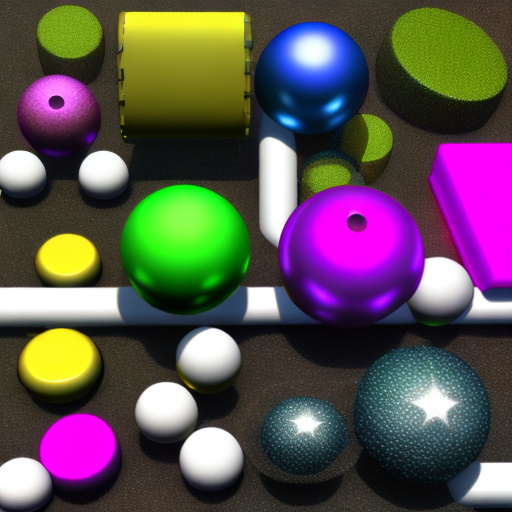Here is a detailed step-by-step guide on how to create an object for Second Life using Blender:
Step 1: Plan Your Object
Before you begin creating an object, it is essential to have a plan or idea of what you want to create. You can draw out a rough sketch or visualize the object in your mind. Planning ahead will make the creation process smoother and more efficient.
Step 2: Open Blender and Set the Units
Open Blender and delete the default cube by selecting it and pressing the “Delete” key. Then, go to the “Scene” tab in the Properties window, and under “Units,” select “Metric.” This ensures that your object will be the correct size and scale when you upload it to Second Life.
Step 3: Create the Object
To create an object in Blender, you can use the various modeling tools available. For example, to create a simple cube, you can go to the “Add” menu and select “Mesh” > “Cube.” Then, use the “Scale” and “Move” tools to shape and resize the object.
Step 4: Add Materials and Textures
To add materials and textures to the object, you first need to UV unwrap it. Select the object and press Tab to enter Edit mode. Then, select all the faces by pressing A and press U to open the UV mapping menu. Select “Unwrap” to create a UV map for the object.
Next, create a texture for your object using an image editing program such as Photoshop or GIMP. Make sure to save the texture in a file format that Second Life supports, such as PNG or JPEG. In Blender, go to the “Materials” tab in the Properties window and select “New.” Under the “Surface” panel, click the “Use Nodes” button and add an “Image Texture” node. Select your texture from the dropdown menu.
Step 5: Export the Object
Once you have created and textured the object, it’s time to export it for use in Second Life. Go to the “File” menu and select “Export” > “Second Life Mesh.” In the export options, make sure the scale is set to 1.0 and select the location where you want to save the file. Finally, click “Export Mesh” to save the object.
Step 6: Upload the Object to Second Life
Open Second Life and go to the “Upload” window. Select the “Mesh” option and click “Choose” to select the file you exported from Blender. You can then set the object’s name, description, and other properties. Once you have completed the upload process, the object will be available for use in Second Life.
Step 7: Test and Refine the Object
After uploading the object to Second Life, you can test it out to see if it works as intended. You may find that the object needs to be scaled or adjusted in some way. To make changes, go back to Blender and modify the object as needed. Then, repeat the export and upload process.
In conclusion, creating an object for Second Life using Blender involves several steps, but with patience and practice, anyone can do it. With the right planning, modeling, and texturing skills, you can create custom objects that enhance your Second Life experience.
Credit: ChatGPT




In the latest version of blender, there is no Export -> Second life Mesh, what you need to do is Export-> Collada (dae) and in the options window it brings up select “sl+opensim static” from the dropdown box “Operator Presets” then click export COLLADA.
I’m not sure that texturing is correct either – it may be another way to do it, but I always select the shader tab and drag a texture in and then link the dots.
Thanks for explaining more about that, Xundra!
You’re welcome, also I checked out the texturing method that I thought might be incorrect but BunnyGPT is right, there’s just more than one way to do the same thing.
Simple!
I didn’t see the bit where you break down in tears, scream at the computer and bang your head against the wall, or you freak out because your nodes look like spaghetti and you completely forgot what you were just trying to do. Then there’s the bit about disclocating your fingers so you can use the crazy keyboard shortcuts.
What Xundra said too – I don’t think Blender has ever had a native export to SL option, but if you’ve got that far, you’re more than equal to the task – until you import your mesh into SL and realise it’s a billion LI and the instructions conveniently forgot to mention creating a physics model, so you fall through the floor of your lovely mesh building, and you can’t walk through the doors!
Apart from that, simple! 🙂
s. x
I don’t think that the Export -> Second Life Mesh option is available by default – maybe add details of how to enable it?